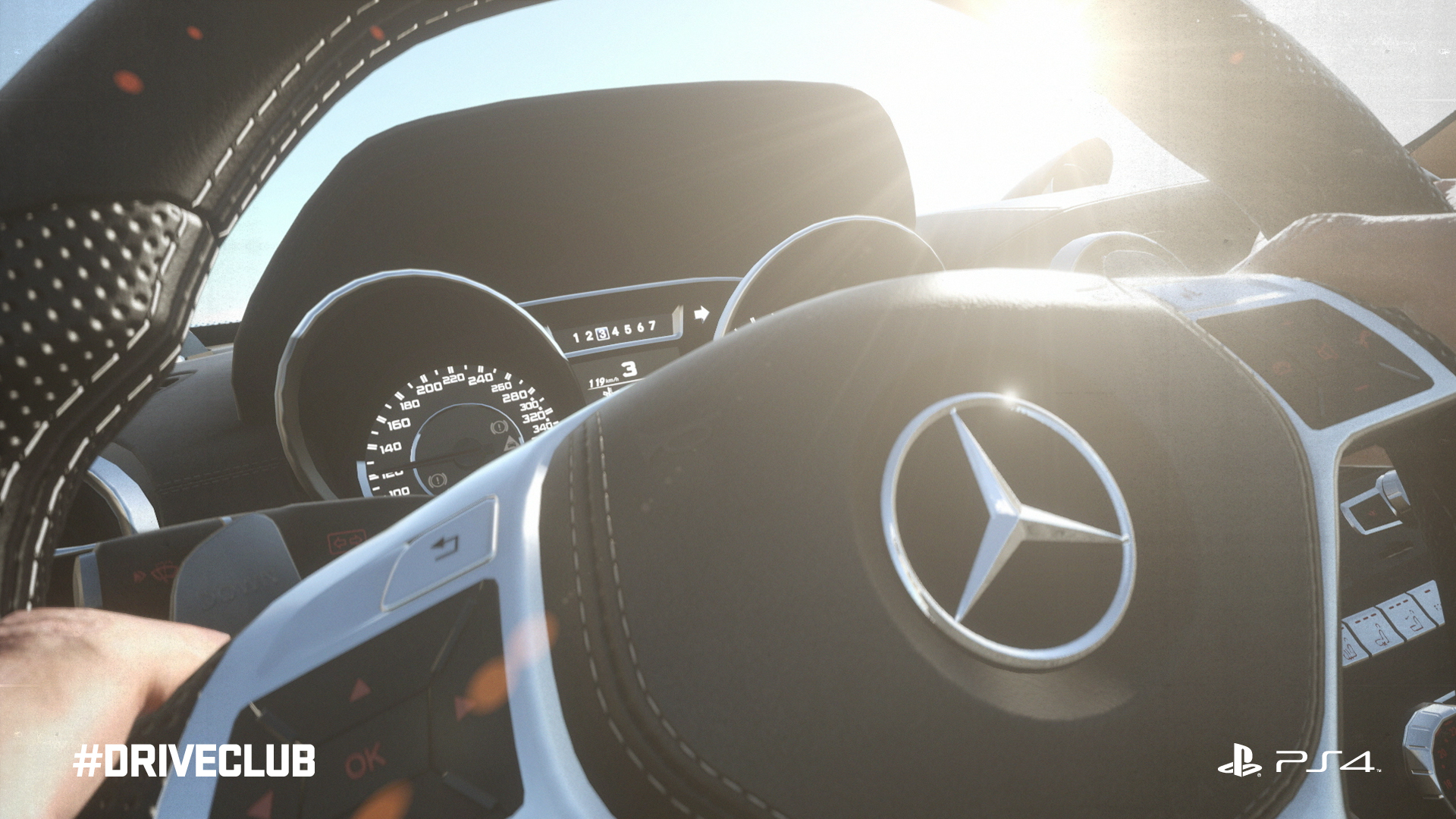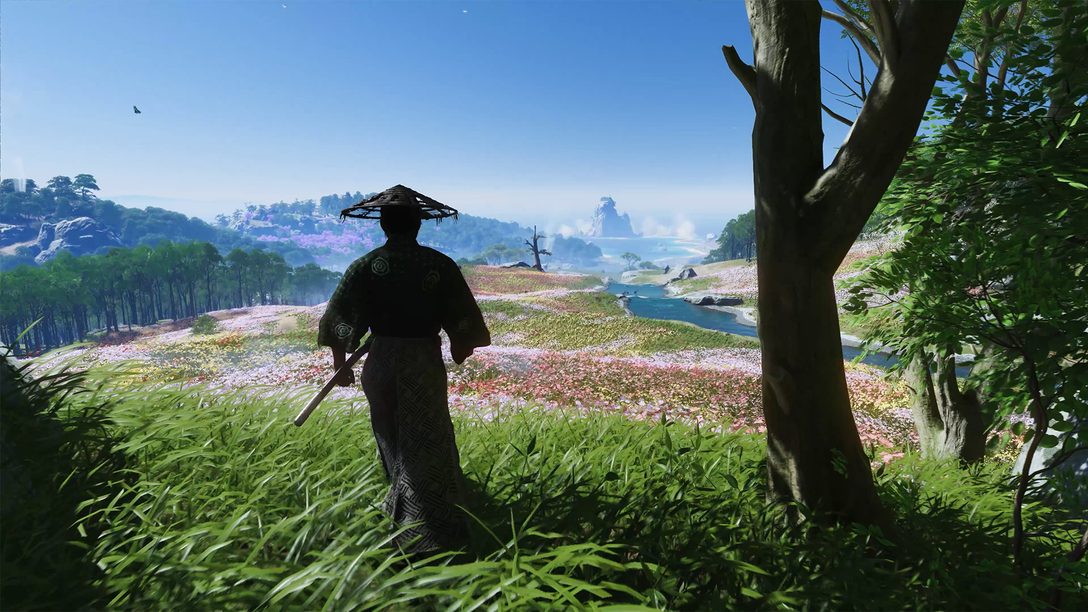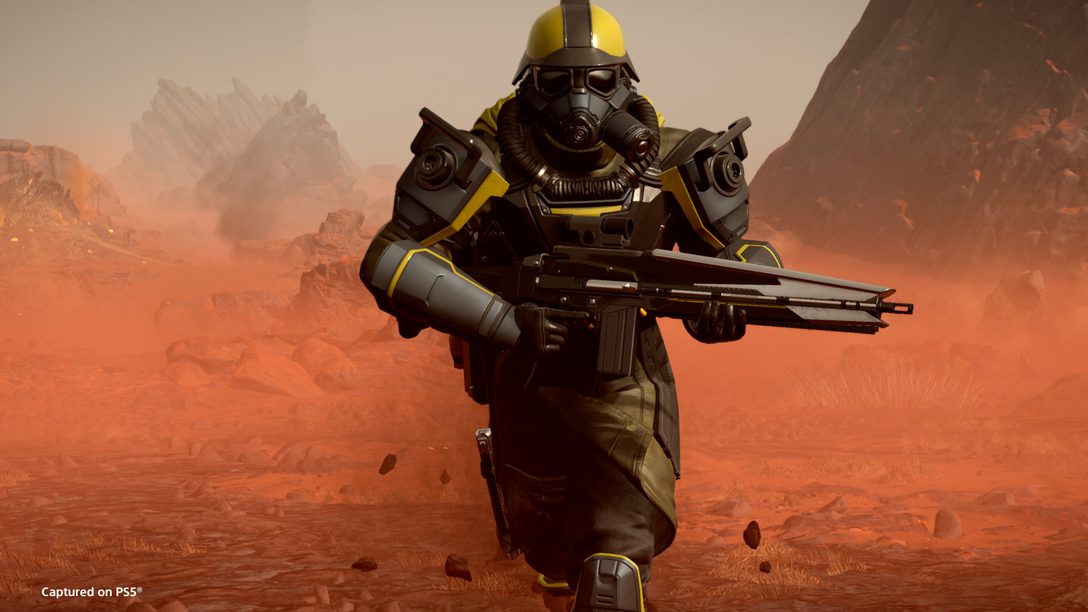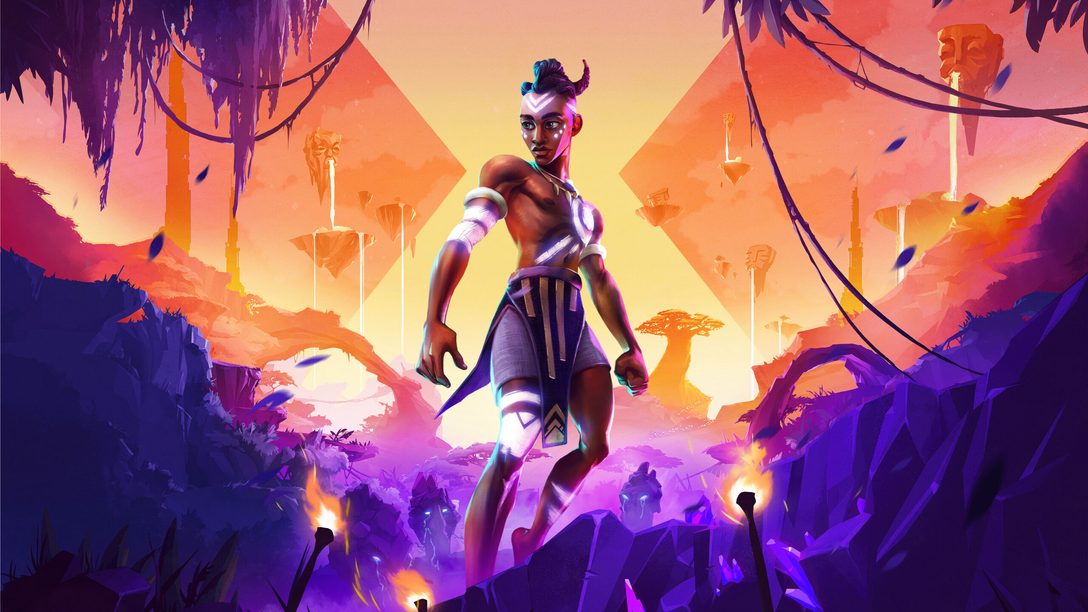
How Evolution Studios’ PS4 racer is pushing back the boundaries
As you might have noticed in recent trailers, Evolution Studios‘ forthcoming PS4 racer DRIVECLUB really is a looker. But until you see it up close it’s hard to appreciate just how much effort the team has gone to to ensure it really pushes at the boundaries of gamers’ expectations.
During a recent studio visit I was treated to anecdote after eyebrow-raising anecdote from key team members about just how detailed this game is. Duly, to shine a light on the extraordinary work that’s currently underway up in Runcorn, Cheshire, I collated as many as I could note down into the list below. Take a look and keep in mind this is only scratching the surface – Evolution still have months of development left and are adding new elements every day…
Weather
- NASA data was used to accurately map out the night sky – so wherever you are in the world you’ll see the correct star constellations for your location.
- If you’re lucky, you’ll get to see the northern lights – it’s possible to see the aurora borealis from the northern tracks in Norway, Scotland and Canada.
- All clouds are full 3D models to ensure accurate light diffusion from the sun. They’re calculated at massive distances in a fully volumetric form, so thin clouds cast lighter shadows than dense storm clouds, and their colour impacts the feel of the landscapes and cars.
- Skies are uniquely generated every time you play, so just like in real life you’ll never see the same sky twice. Unless you’re replaying somebody’s challenge, in which case it’ll replicate exactly to ensure a level playing field.
- You can play with settings to speed up or slow down the day/night cycle. With some circuits taking over a couple of minutes per lap, at 60x accelerated speed with a judicious choice of start time, it’s possible to experience two sunrises and sunsets in one race. Both of which will be completely different to each other.
- Clouds react dynamically to different wind speeds. This is then converted into a ground wind speed which accurately interacts with all vegetation, overhead cables and other environmental features, based on their height from the ground.
- Waves and rippling on the surface of lakes is dynamically linked to wind speed, which affects how clear reflections are in the water.
- High resolution NASA data was used to accurately map landscapes and mountain formations – which were then tweaked to ‘improve’ on their natural beauty and make them perfect for high-speed racing.
- The team spent weeks out on location and covered a minimum of 200km every day to get a feel for each country’s roads and atmosphere. They captured thousands of photos and recordings along the way, in all weather conditions and different times of day.
- Road tarmac textures are hand-modelled rather than tiled or tessellated. Stones and bitumen are all placed and then rendered procedurally to give realistic surface detail with huge visual variety and no repeating detail on any road surface.
- Each location has a draw distance of up to 200km to the horizon and even simulates the curvature of the earth in both skies and terrain. Distant landscapes are built out and fully modelled, instead of ‘painted on’, to ensure that they support the dynamic, volumetric nature of the skies and lighting.
- All environmental light sources are independently generated with different properties. The team sampled the colour and intensity of individual streetlights, house lights and even camera flash bulbs, which you’ll see best in any of the Indian tracks at night.
- Some tracks boast over 1.2 million road-side trees – and this number keeps going up as the artists try to out-do each other as development progresses.
- There are over 100 different varieties of trees, bushes, mosses and flowers. The team consulted botanists at Kew Gardens to learn which plants would naturally grow in each location.
- Wildlife is realistically tied into the day/night cycle. You’ll see flies and butterflies only during the day, and moths and bats only at night.
- One of the India tracks features a tea plantation with a sprinkler system that turns off and on at set times during the day.
- The Chungara Lake track boasts a 19,000-strong flock of pink flamingos, all behaving independently of each other.
- …and look out for the seagulls in Scotland, roosting crows in Norway, Canadian geese and vultures in Chile!
- Spectators are placed in realistic spots where they would feasibly enjoy a good view of the race. This is done by hand, by Neil Sproston, a senior track designer who’s a real life race enthusiast. Neil regularly clambers over walls and fences in pursuit of a good viewing spot for a real life race. Duly, Evo leveraged his expertise!
- Spectators dress for the weather – if it’s a cold night, expect them to be sporting hats and gloves.
- A typical DRIVECLUB car is made up of 260,000 polygons. The staggeringly detailed cars you see in promo videos are the same models you drive in the game – they’re not pre-rendered CG versions.
- Each car takes approximately seven months to create – from initial licensing, reference collation, CAD data processing, asset production, physics modelling, through to the final car in-game.
- Evolution snapped in excess of 1,000 photos of the interior and exterior of every car as part of the reference gathering.
- Pagani employ seamstresses to accurately match up the symmetrical carbon weave on the cars bodywork, and even add the ‘Pagani’ name to their small screw heads. These nuances are accurately reproduced in-game.
- The same 3D CAD (Computer Aided Design) engineering data that the manufacturer uses to factory produce each vehicle has been used by the development team to create each car.
- More than 500 different material types are available to designers to apply to the vehicles.
- The cars have realistic layered paint materials – base metal or carbon layer, primer coat, base colour coat, two metallic paint coats, clear top coat, etc. – which can all be stripped away individually as part of the damage system.
- A full shader-driven procedural system is used to simulate car damage. Multiple layers of scratches appear in the most exposed areas and edges, revealing undercoat and bare metal or carbon. A parallax mapped dent layer provides minor crumpling, and a physics driven vertex deformation system is used for severe damage.
- As you race, dirt and dust gradually builds up on the car, subtly altering its appearance.
- Screen space reflections (SSR) are being used together with real time dynamic light probes to render vehicle lighting and reflections more accurately, as opposed to using outdated pre-baked cubes.
- The car dashboard reflects onto the windscreen in bright light; and the car exterior reflects onto carbon interior panels.
- Anisotropic lighting is used to simulate the effect of each individual thread in carbon fibre weave. The pattern of the carbon alters realistically with the lighting angle and surface curvature.
- Headlights are modelled using multiple layers of reflectors and lenses that realistically reflect and refract the bulbs shining beneath.
- Rainbow specular highlight effects can be seen in headlight lenses because thin film interference is utilised.
- Animated active aero flaps are rigged up accurately and coupled with the physics system to operate exactly as they would in real life. The Pagani Huayra is one of the best examples of this.
- Conversion of kinetic energy to heat is physically modelled to accurately render the temperature and glow colour of brake discs.
- The speedometer displays have been accurately reproduced for every car in terms of visuals, technical display output and behaviour (again, all hooked up to the in-game physics).
- Each reference car was fitted with at least 16 separate microphones to authentically capture the sounds of the engine from 360 degrees, inside and outside of the car. Some had four mics on the exhaust alone.
- In-game, the engine sound reacts to your perspective. Pan around a stationary car gunning its engine and the sound shifts with the camera position (relative to where the engine is).
- When you race, the engine sounds are different based on which of the six camera views you choose – inside or outside of the car. You’re not hearing the same engine audio with a filter – it’s all recorded separately.
- The recordings were so accurate that BMW and Mercedes-Benz AMG requested copies to replace their existing library.
- In many cases, Evolution’s audio captures are the most high definition recordings of these cars in existence.
- Bespoke sound effects were recorded for every action in the game. You won’t hear a single stock sample.
- Although not a sim, DRIVECLUB’s handling model is based on real world physics, using technical data about performance provided directly by the manufacturers.
- To fine-tune the performance of every vehicle, a virtual “rolling road” test is used to check acceleration, top speed, weight distribution and braking performance.
- Aerodynamics are physically modelled. For example, activating DRS on the McLaren P1 affects the levels of downforce to increase top speed and acceleration.
- Evolution worked closely with Thrustmaster to get the best possible feel on all their wheels. When using a supported wheel you get 1:1 movement between the steering wheel in your hands and the steering wheel in-game.
- The AI drivers adapt their racing tactics and braking strategy based on pressure from players or other drivers. When alongside them, they will try to brake deeper into the corner.
- AI drivers always try to predict overtaking opportunities based on the track, the performance of their car relative to opponents, and also how opponents are driving at any given moment.
- When an AI driver has a car with KERS (Kinetic Energy Recovery System) fitted, they will use the energy strategically at opportune moments to pass or block opponents on the track.
- Despite all of the above, once selected a track will take no more than 15 seconds to load.
The environment
Flora and fauna
The cars
Audio
Handling and physics
Artificial intelligence













Join the Conversation
Add a CommentBut don't be a jerk!
76 Comments
Loading More Comments